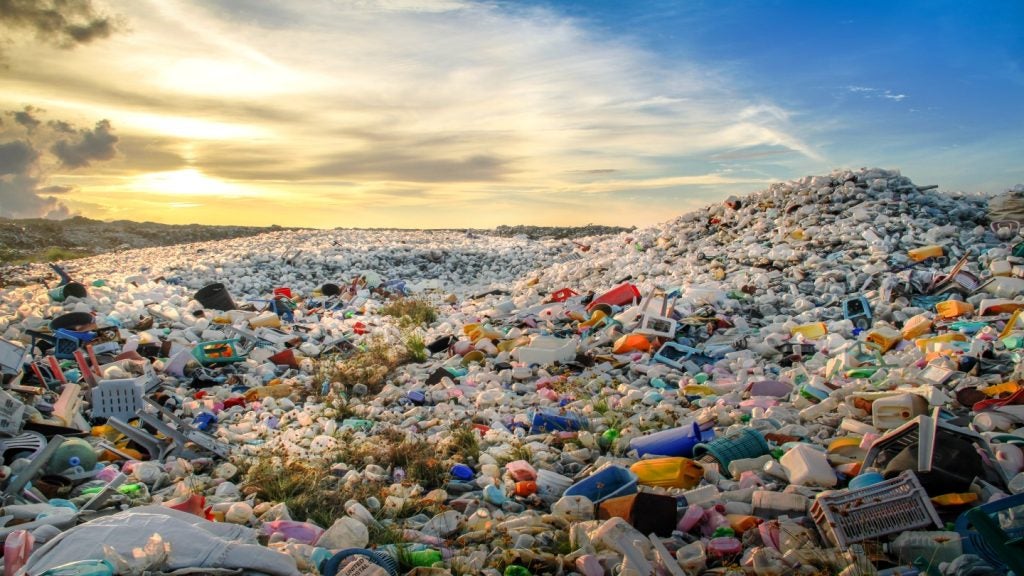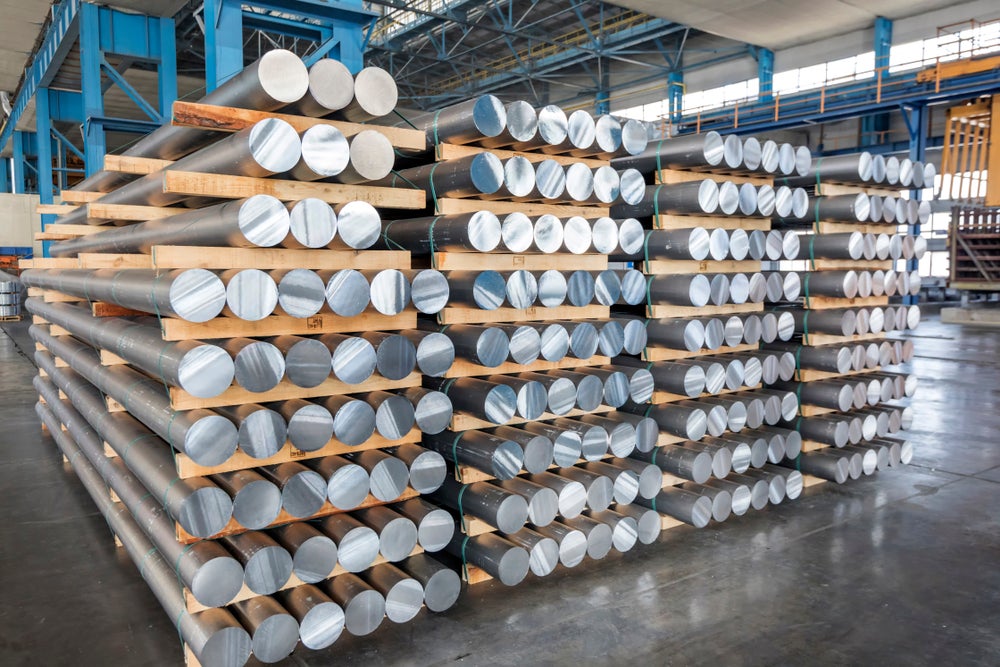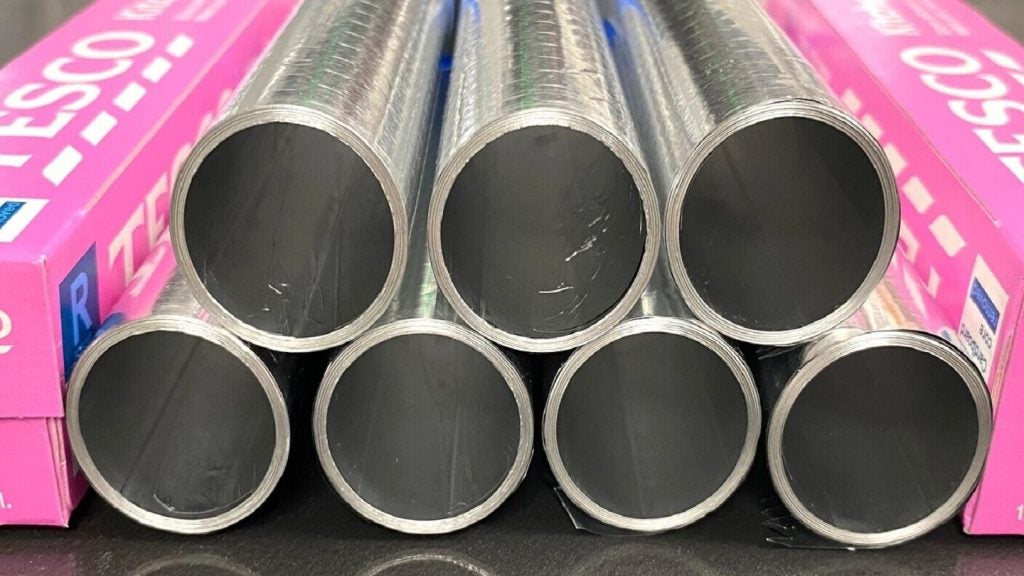European Aluminium Foil Association
The statistics compiled by the European Aluminium Foil Association (EAFA) show, in tonnage terms alone, that demand for aluminium foil continues to break records, with annual European production now virtually 750,000 tonnes — showing an annual average growth rate of some 4 per cent over recent years.
This is evidence that aluminium foil is providing a rapidly increasing number of packaging solutions. Three-quarters of all alufoil goes into packaging, and the packaging sector has sustained the growth in foil demand during the recent economic slowdown in European industry.
True rate of growth
Although the EAFA figures show healthy growth over many years, the true significance of the figures remains hidden. This is because the technology of rolling and converting has permitted the reduction of foil thicknesses commonly used in packaging to be considerably reduced.
For example, foil used in laminates for a wide variety of applications has been reduced from 9µm to 6.35µm — a reduction of around 30 per cent. Used in foil dishes for ready meals, bakery goods, pies, tarts, desserts and so on, similar reductions have been made possible through the use of new alloys.
For this reason, statistics based on weight do not show the true rate of growth of application of aluminium foil. More tonnes of thinner and thinner foil means many more applications in terms of pack units, the extent of which cannot be measured but is nevertheless obvious.
See Also:
Reasons for growth
Fundamentally, growth boils down to the fact that alufoil provides the maximum performance from a minimum use of material. The exceptional barrier properties of flexible aluminium foil make it possible to transport and store food for long periods without energy-intensive refrigeration.
How well do you really know your competitors?
Access the most comprehensive Company Profiles on the market, powered by GlobalData. Save hours of research. Gain competitive edge.

Thank you!
Your download email will arrive shortly
Not ready to buy yet? Download a free sample
We are confident about the unique quality of our Company Profiles. However, we want you to make the most beneficial decision for your business, so we offer a free sample that you can download by submitting the below form
By GlobalDataNutrient value is preserved and quality is maintained. Very thin foil — only six one-thousandths of a millimetre thick — will protect contents against quality-reducing environmental effects, such as oxygen, light, moisture, micro-organisms or unwanted aromas. When used as the barrier layer in composite packaging, 1.5g of alufoil, in a pack weighing 28g, enables 1l of milk to be stored and transported for several months at ambient temperatures.
Thus 1kg of alufoil enables about 650l of product to be reserved for a long period.
Growing awareness of this vital characteristic is reflected in such applications as retortable pouches and carton packs. Examples of these are more and more evident on the supermarket shelves — soups and sauces in tough but lightweight pouches, ‘moist’ petfoods in retortable cartons — instead of heavy and energy-intensive tinplate cans. Also, more and more juices, drinks, soups and sauces are packaged in aseptic flexible cartons.
Sustainability issues
Those responsible for the specification of food packaging materials are increasingly needing to justify their decisions on sustainability grounds, in addition to the economic and functional aspects of product protection and preservation. How does aluminium foil measure up to current demands?
Increasingly, alufoil is seen as a key to making serious resource savings and so making progress towards greater sustainability. By adding a 6.35µm alufoil layer to a flexible laminate, great economies can be made in the other substrates because the barrier job is done. This has a knock-on effect. Lighter packaging means less fuel consumption and reduced emissions from transport. Lower weight also makes handling in the retail chain simpler and easier.
Take, for example, the stand-up alufoil-based pack chosen by the international Capri-Sun drink brand. By using alufoil pouches rather than a standard 20cl returnable glass bottle, Capri-Sun can transport nearly twice as much product per truck load, with the weight represented by packaging being a mere 6.1 per cent of the total weight of the load.
Storage and handling efficiencies are upgraded. Clearly, this is a far more efficient and environmentally friendly way to transport such products — quite apart from the added shelf impact and product protection.
Foil containers
Evidence from the supermarket displays also tells us that modern lifesyles are leading to rapid growth in demand for ready meals and prepared meal components. Here too, aluminium foil offers sustainable solutions. Technology has advanced to enable the production of smoother, deeper alufoil containers that can be sealed with clear lids and gas-flushed to extend shelf life.
Aluminium has the enormous advantages of multimode cooking (including use in microwave ovens) and complete recyclability. Add to these the fact that alufoil containers can come in any colour or printed surface design, so enabling a reduction in the need for sleeve or carton space. As pack designers and specifiers become aware of their importance, such factors will increasingly favour the selection of alufoil dishes in this major growth sector.
Technical advances
Aluminium is a relatively ‘young’ metal, available in commercial quantities for only a little over 100 years. As such, it is still ‘being discovered’. In practical application terms, aluminium is not one metal; it is the basis for a host of alloys in various tempers, each with a unique combination of attributes. Increasingly, ‘tailored’ alloys are being introduced to enhance strength and so reduce the amount of metal used.
In the pharmaceutical sector, push-through blister packs have become the norm for the protection and delivery of most tablet-form medicines. An example of ‘tailored’ alloy application is the all-foil blister pack. This uses one alloy chosen for its formability as the protective component in the container part of the pack, and another, more ‘brittle’ alloy for the closure or ‘push-through’ layer.
Further alloy and temper development has led to the perfection of a totally mono-alu blister pack — awarded a Trophy in the 2001 ‘Foil Packs of the Year’, run by EAFA.
In the ready-meal container sector, a slightly adjusted alloy has meant that deeper alufoil containers are now possible — witness the Trophy-winning Safeway meat joint pack in the latest ‘Foil Packs of the Year’. Similarly, compartmented deep smoothwalled alufoil meal trays are on the market, a Trophy winner in 2002.
Recyclability factor
Although the energy requirement in production of primary aluminium is relatively high, a real benefit is that the energy required to remelt recycled aluminium is very low: 95 per cent of the energy is retained. The quality of remelted aluminium is as high as that of new metal so aluminium products can be recycled over and over again. As a result, the intrinsic value of the material makes recycling economically attractive.
The packaging sector poses a particular challenge for recycling of aluminium, as it constitutes only 1 per cent of the packaging waste stream. The aluminium industry has, however, succeeded in steadily increasing recycling rates by a variety of different national recycling schemes, including in the UK, ranging from monomaterial separate collection to multimaterial collection followed by sorting.
In addition to hand-sorting, eddy current and detector-ejector machines enable all kinds of packaging containing aluminium to be automatically removed from the packaging stream. Due to the wide range of products, a variety of recovery techniques can be used. Pyrolysis, for example, allows the extraction of thin gauge foil from laminates and the use of the paper and plastics components to fuel the process.
The aluminium obtained by recycling short-life packaging can also be used, for example, to produce long-life high-value products for use in automotive and building applications and stays available for future generations.
In Germany, for example, with the introduction of the DSD system, the universal system for collecting used packaging from households coupled with modern sorting techniques, has provided the basis for the comprehensive recycling of aluminium. The recycling rates for aluminium packaging has risen to 81 per cent.
In France, where incineration is commonly used (45 per cent of municipal solid waste), aluminium from incinerated packaging waste can either be recovered as energy from flexible packaging (thin gauge foil) or recycled as metal from rigid or semi-rigid packages.
Future usage
The answer to the question concerning the continued increase in foil’s usage lies, therefore, in the growing realisation among the specifiers of packaging materials that in aluminium foil we are blessed with a material which not only serves as a high-performance flexible barrier, but also helps to extend the performance of other materials — and does it without becoming a burden on our ecosystem.
Association profile
EAFA supports its members through its website (www.alufoil.org), from where news and background on applications, technical facts, suppliers and the association’s newletter Infoil can be downloaded.
For the past few years, the association has also issued a thrice-yearly newsletter bringing attention to the latest pack innovations and applications of this versatile material. Although designed primarily for a European audience, copies of Infoil now circulate to over 80 countries and in five separate language versions.
The ‘Foil Packs of the Year’ Trophy Awards is another medium used by EAFA to bring attention to the most recent advances in the use of aluminium foil in packaging.






